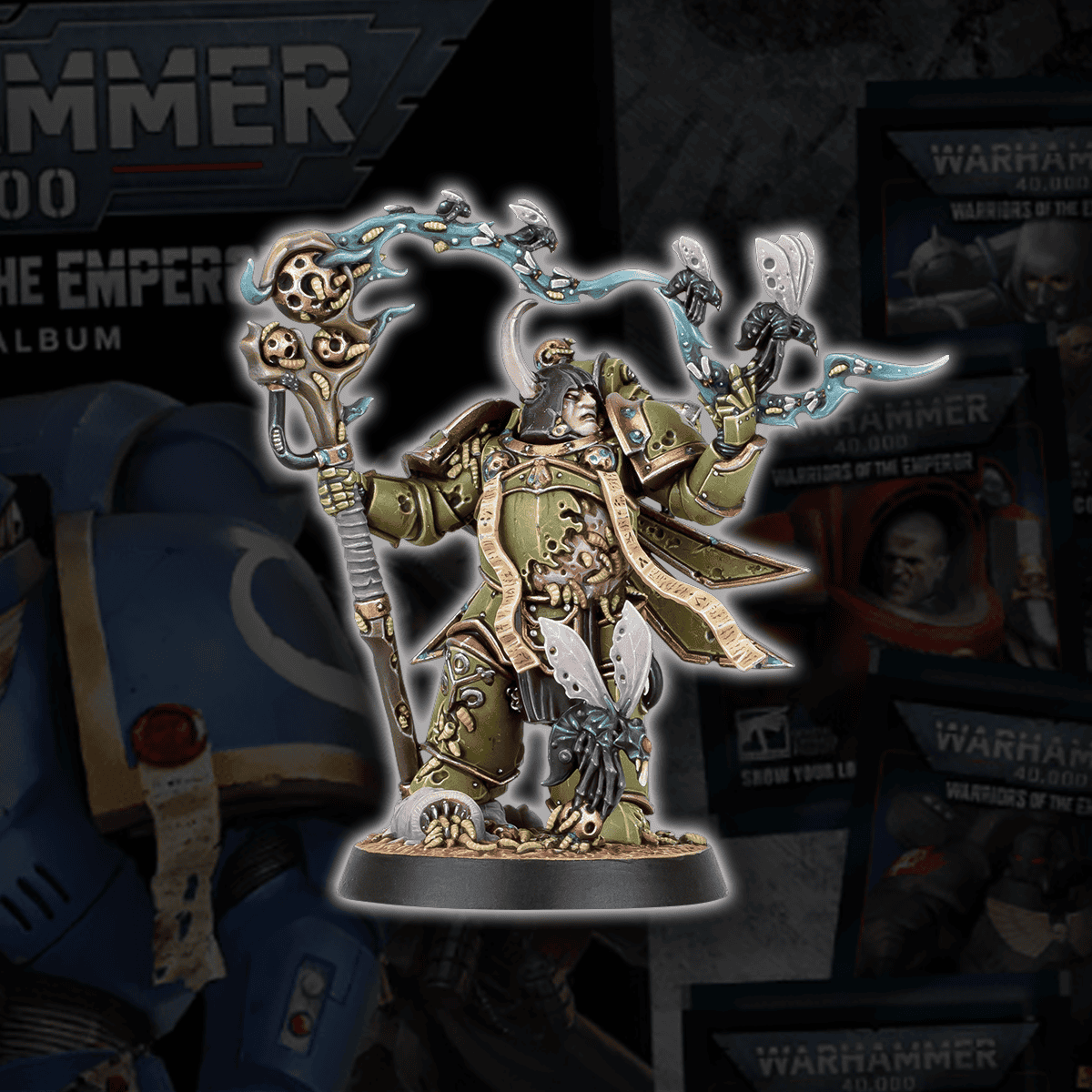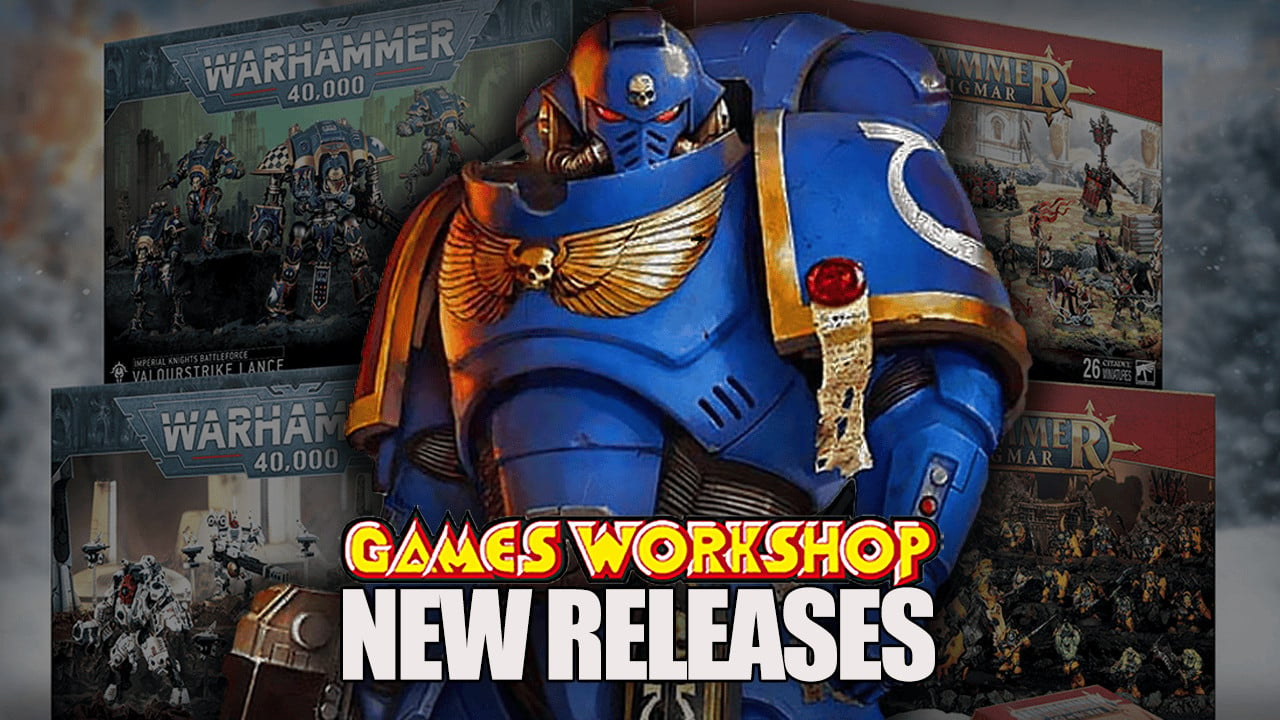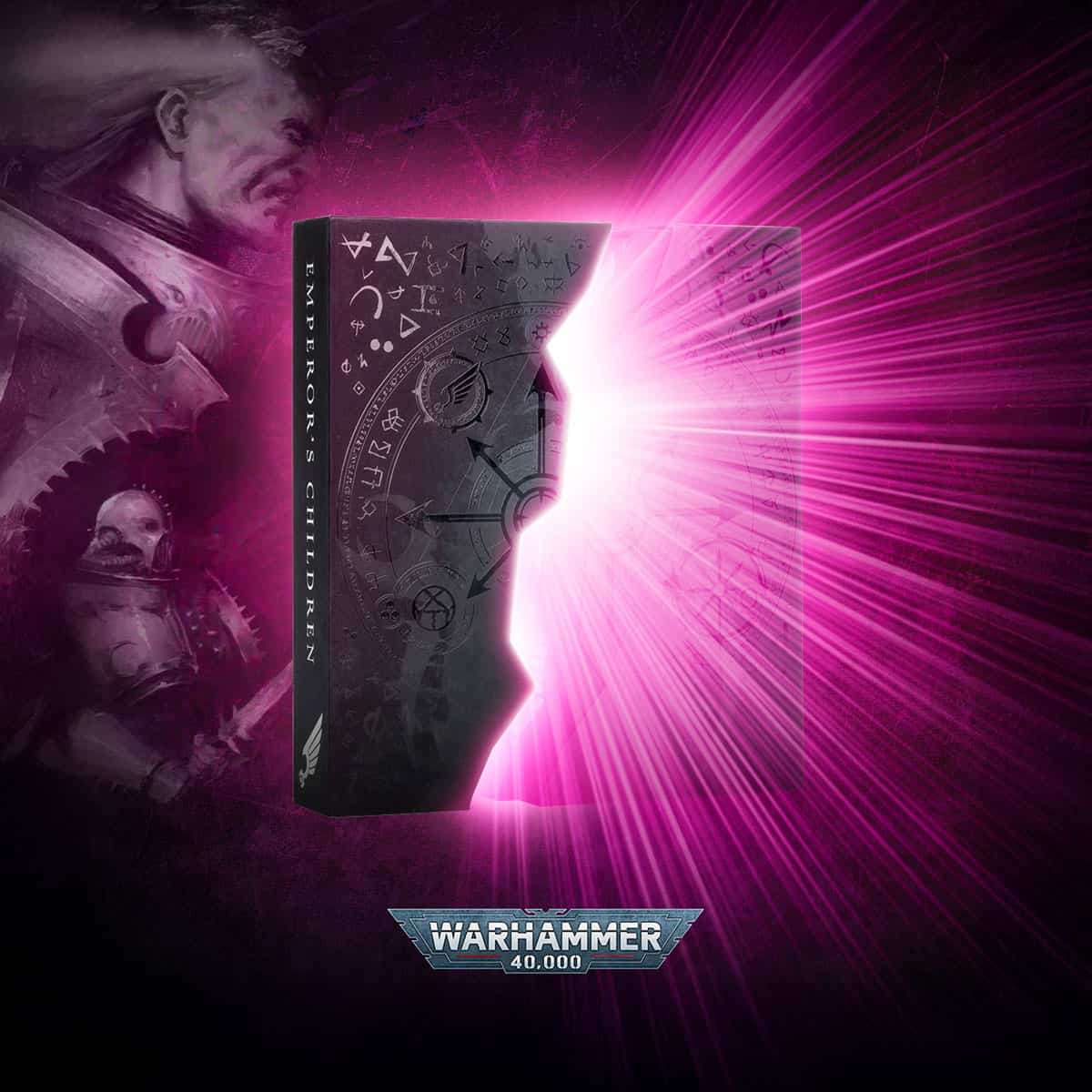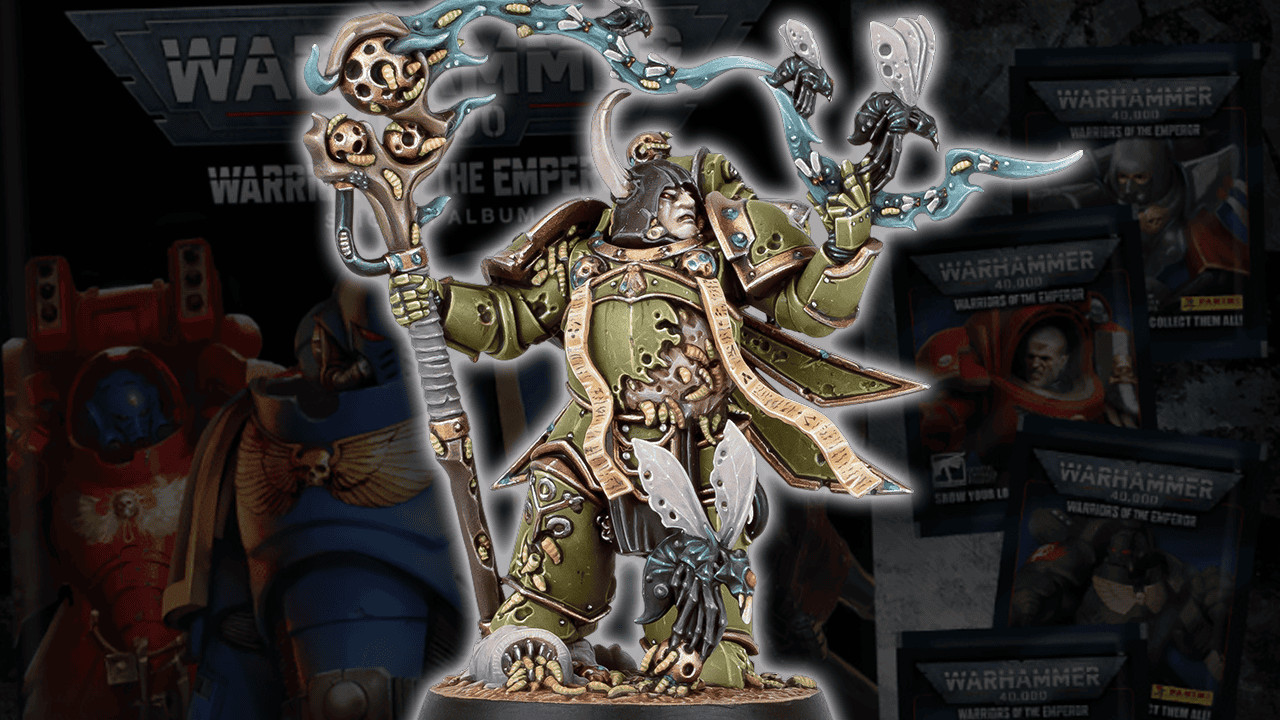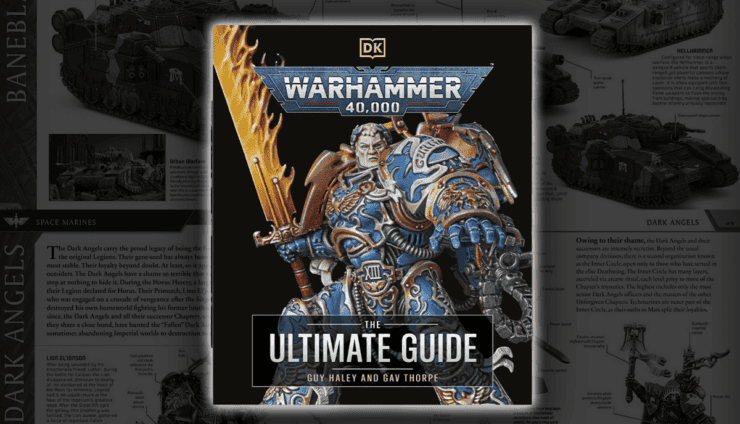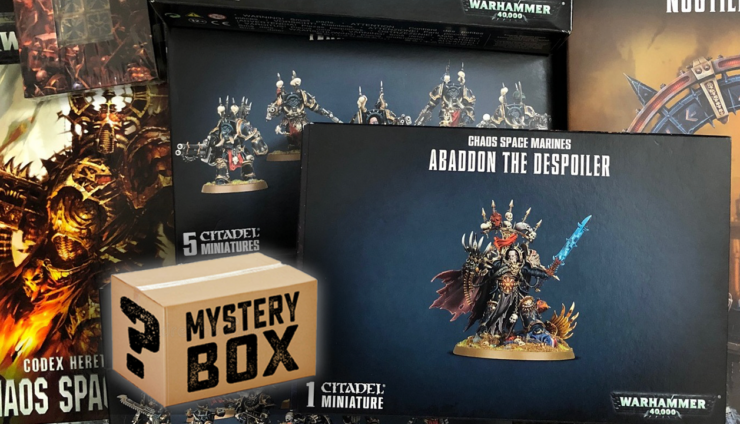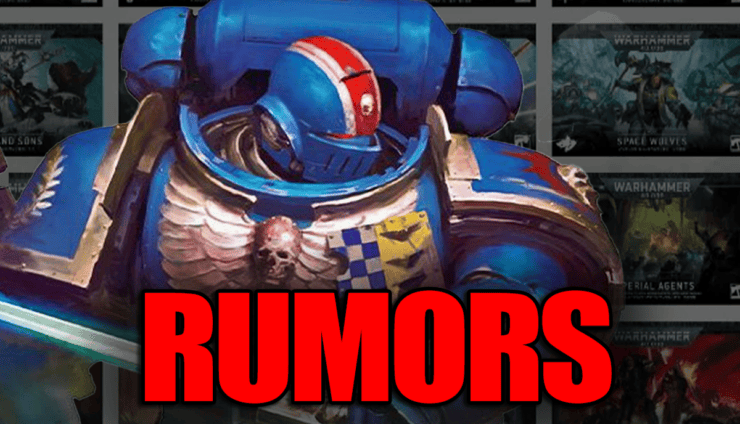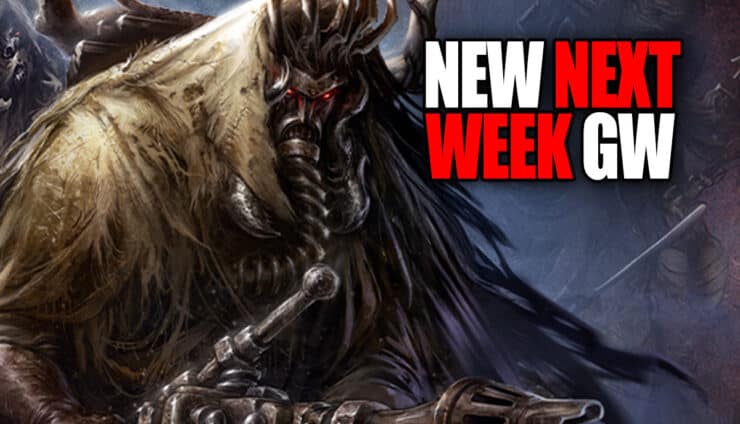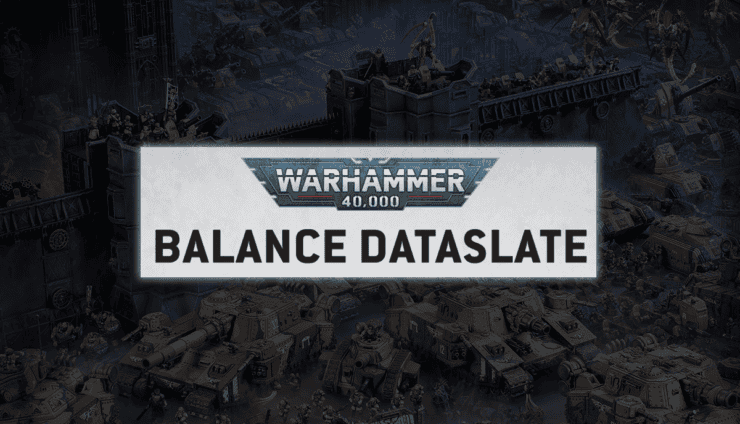Warhammer 40k miniatures purchased at the store are not collectible like Pokemon or Magic Cards; here’s how limited releases, and demand affect figures value and models availability.
Updated February 28th, 2024, by Rob Baer with new information about “collectible rules” and a video link.
Store-bought Warhammer 40k models, figures, and miniatures hold a unique place in the world of tabletop gaming. Unlike Pokémon cards or Magic: The Gathering, Warhammer miniatures are not created with the intent of being collected for value or rarity.
Instead, they offer something much different to fans—strategic gameplay, creative modeling, and immersive narratives set in universes like Warhammer 40,000 and Age of Sigmar.
From the Source Themselves
We’ll look at why Warhammer miniatures don’t fit into the “collectible” category, shedding light on the nature of their production, availability, and value compared to true collectibles. Plus, the latest admission from Games Workshop is that their products are not collectible, and they can re-release them at any time.
Core Differences: Game Function Over Collectibility
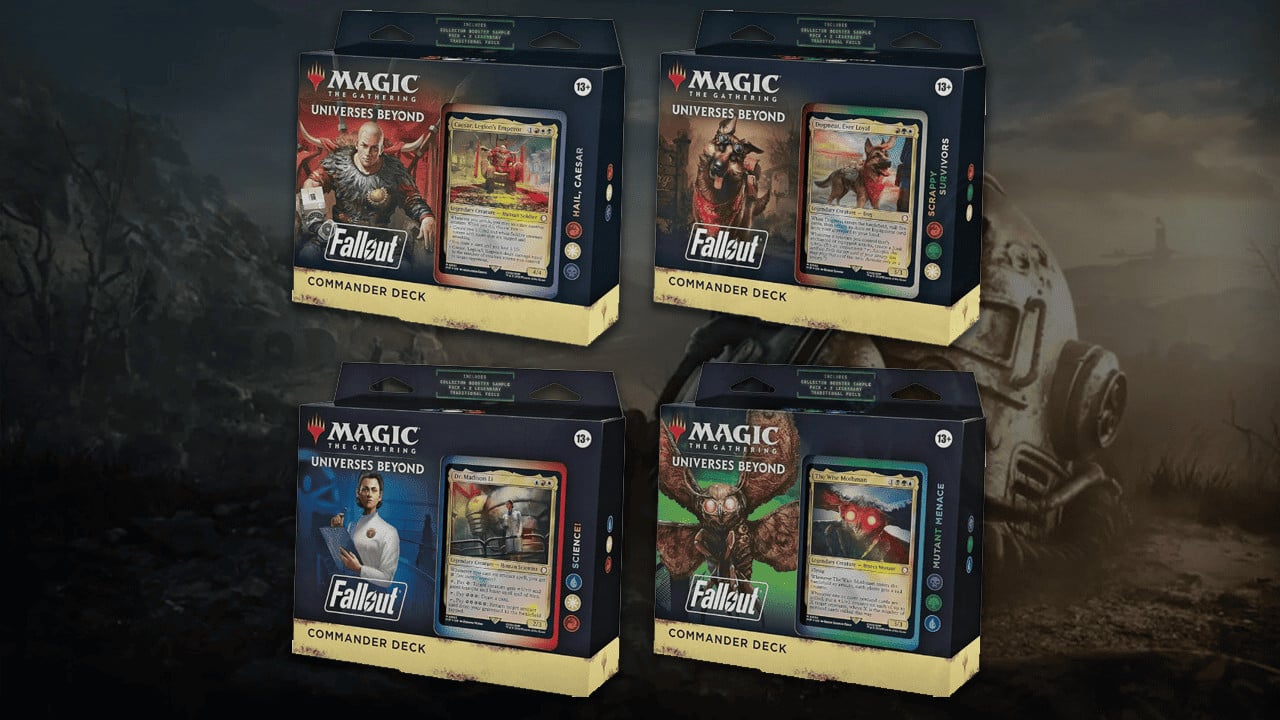
Their purpose is to be assembled, painted, and used in tabletop battles, where the value lies in the hobby experience rather than rarity or resale value. This is mainly because the meta (and allowable datasheets) in Warhammer switch faster than a jack rabbit outrunning your car. This means that by the time you buy, build, and paint a unit, they might have already fallen out of the meta… or even worse, gone to Legends and out of the game.
This is not to say that certain miniatures don’t experience temporary surges in demand. However, Games Workshop has a different approach when it comes to production. Unlike Magic: The Gathering’s “Reserve List,” which guarantees that certain cards, like a Black Lotus, will never be reprinted, Games Workshop does not implement such restrictions on their miniatures.
As a matter of fact, they are facing rumored backlash for their last round of back-to-back Made to Order releases and for reissuing the Warhammer heroes models that had been incredibly valuable on eBay, like Pustus the Vile, who previously sold for nearly $200.
Now, Games Workshop has admitted that they may remake their Warhammer 40k miniatures again in the future in the fine print of an article about the previously “limited” and “exclusive” store anniversary models.
* Please note that these miniatures may eventually be made available again in the future.
Even the intros of these Store Anniversaries articles differ from 2024 to 2025.
2024’s Article:
2025’s Article:
So now that it appears Games Workshop has acknowledged the fact that they can and will re-release their models regardless of thier “exclusive” or “limited” status, let’s talk about why store-bought Warhammer 40k models and figures are truly not collectible (but sometimes hard to find.)
Finite Shelf Life of Products
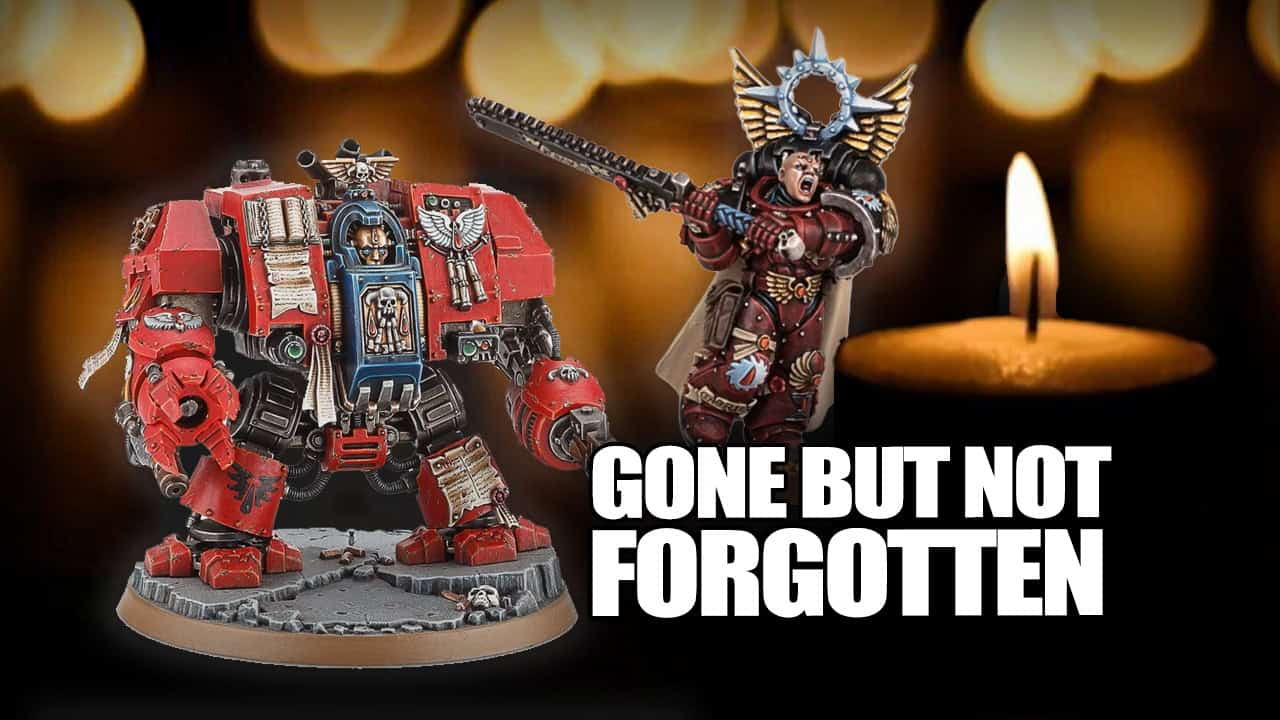
This rapid cycle of updates, driven by new game editions or rulesets, means that certain miniatures may no longer hold the same appeal in gameplay after a while.
This contrasts sharply with Pokémon cards, where rare cards can maintain or even grow in value over time, simply due to scarcity and high demand from collectors. Magic cards operate in a similar way, with many rare or powerful cards becoming prized possessions. Warhammer miniatures, by comparison, are more transient in their market presence.
“Limited” Releases Aren’t Truly Limited
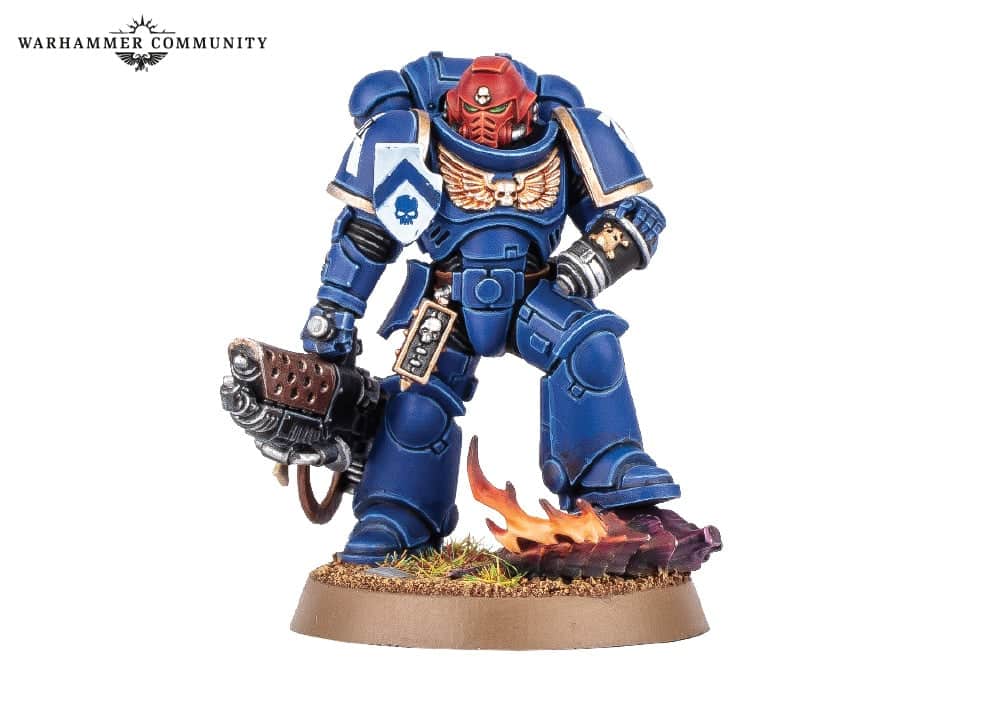
Games Workshop frequently monitors the secondary market and will re-release miniatures through methods like Made to Order (MTO) programs or as part of bundle sets, much like the re-release of the Space Marine Heroes in the new Kill Team starter that came back to meet the ongoing demand.

This uncertainty often leaves hobbyists with difficult decisions, sometimes feeling forced to pay inflated prices on the secondary market for models they believe may never return.
Then, out of nowhere, Games Workshop will surprise the community with a re-release of a previously “limited edition” model, causing the market value to drop and leaving those who paid a premium feeling frustrated.
The Kill Team Starter is the perfect example, as some people paid upwards of $80-$100 for just the Nurgle Sorcerer from Space Marine Heroes 3, and now… it’s getting relaunched in a box as a non-limited model.
This lack of communication can create a cycle of speculation, where collectors pay high prices for rare or limited-run models, only to see them reintroduced later at standard retail prices. For this reason, it’s wise to approach the secondary market with caution.
Paying a higher price upfront for a rare miniature may not be necessary, as there’s always a chance that Games Workshop will bring it back through their Made To Order program or in a new bundle release.
This strategy ensures that fans can still acquire older models without resorting to inflated prices on the secondary market. While some might argue this reduces the rarity or collectibility of specific miniatures, it speaks to Games Workshop’s approach to accessibility—ensuring that most players can access the miniatures they need for the game.
However, for those caught in the cycle of paying secondary market premiums, it can be a frustrating experience.
Value Tied to Demand, Not Rarity

If a particular model or unit performs well under the current ruleset, demand will spike, but this value is always temporary.
Games Workshop’s tendency to balance the game with new rules, codices, or entirely new editions means that a model that is in high demand today might be far less appealing after a rule change.
Moreover, some models are region-locked or available only through certain paywalls, which might create temporary scarcity. However, these factors rarely translate into long-term collectibility in the way that limited-run cards in Magic or Pokémon do.
Instead, the price and desirability of a Warhammer miniature fluctuate based on gameplay trends, often driven by the latest tournament-winning lists or narrative scenarios.
Collect Warhammer 40k Models For The Love, Not For Collectible Value
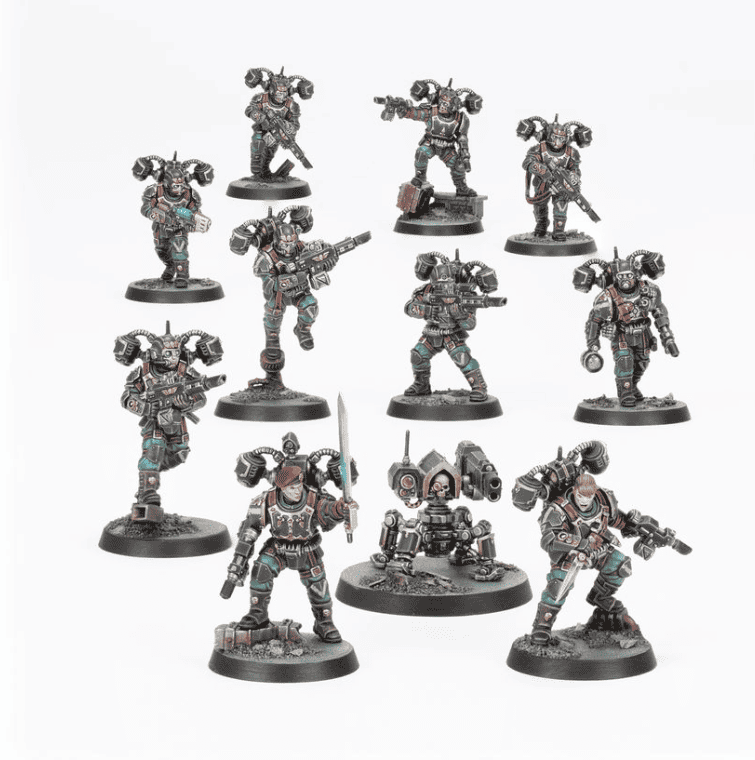
Warhammer is a hobby built on passion, creativity, and storytelling. The enjoyment comes from crafting your own armies, exploring the lore, and playing epic battles.
The beauty of Warhammer lies in the flexibility and customization of its models, which means they are often valued for their aesthetic and emotional connection to the hobbyist rather than any monetary worth.
Sadly, there have been very few instances in the past 40 years where store bought Warhammer 40k figures and models actually end up being collectible.
The Best Ways To Buy Warhammer 40k Miniatures & Figures
The best strategy for buying Warhammer 40k miniatures and figures from stores is to get them in bundles and buy from stores like these that sell at 15% off or more. You can also buy used or second-hand Warhammer 40k miniatures for even bigger savings!
We also have a whole page of discount codes you can use as well to supplement your hobby and save big on your purchases.
Warhammer 40k Codexes Aren’t Collectible, Either
Warhammer 40k codexes might look cool on a shelf, but calling them collectibles is a stretch since their value tanks once a new edition rolls in. The limited-edition or “collectible” versions might seem like a smart buy, but most just resell for what they originally cost—if they sell at all. Unlike rare trading cards, codexes serve a temporary purpose, making them more of a short-lived rulebook than an investment. If you’re buying one, do it for the game and the lore, not because you think it’ll fund your next army.
Store Bought Warhammer 40k Miniatures and Figures Are Not Collectible
While there are moments of hype and demand that might mimic the collectible card game world, Warhammer miniatures should not be viewed as collectible investments. Games Workshop’s business model, with frequent re-releases and product updates, ensures that the value of a miniature is more connected to its utility on the tabletop and the satisfaction of the hobby than any potential for resale.
With this latest news, the key takeaway is simple. Until something changes, Warhammer 40k miniatures are tools for creative expression and strategic gameplay, not rare collectible items meant to sit untouched on a shelf or invested in.
Warhammer 40k Factions Explained: A Complete Guide to Every Army
What do you think about how Games Workshop really doesn’t make or sell true collectible Warhammer 40k miniatures or figures in store?
